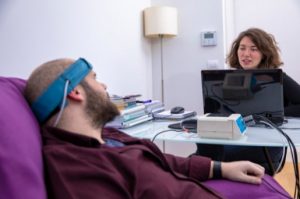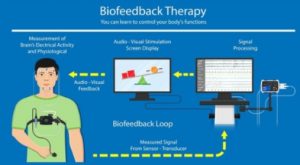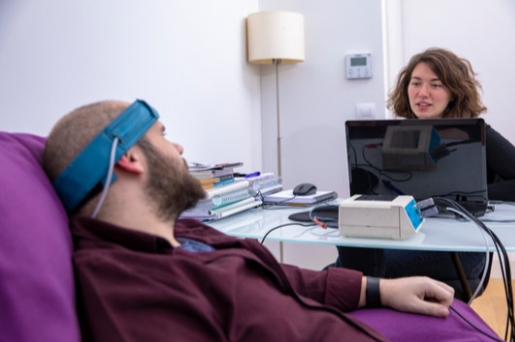Chronic migraines can be a crippling affliction for people who suffer from it. Apart from the obvious pain associated with migraines, patients also complain of suffering from blurred vision, nausea, vomiting and an increased sensitivity to lights and sounds. In extreme cases, about 1 in 5 patients also suffer from loss of vision, slurred speech and language problems.
There are many options to consider when dealing with migraines. The most popular and widely used methods involve the ingestion of prescription drugs that relieve pain. Migraine medication can generally be divided into two categories – acute and preventive medicines. While acute migraine medicines provide fast-acting relief from headaches and pains, preventive medications are designed to be taken daily in order to reduce the frequency of headaches.
However, despite their popularity, these methods can have a number of negative side effects. Research has shown that some migraine medications are not recommended for patients with certain conditions, like high blood pressure, asthma, and heart and liver disease.
In addition, some migraine medications may have an adverse effect on patients suffering from depression. In conclusion, despite its many forms, migraine medications may not represent the most optimal treatment method for patients who would like to avoid suffering from additional complications. In this article, we’ll be exploring home-based biofeedback as a viable alternative for treating migraines.
What is biofeedback?

Biofeedback therapy
Biofeedback is a non-pharmacological therapy technique used to treat conditions like chronic migraines, urinary incontinence and high blood pressure. In biofeedback therapy, the biology of medicine is replaced with the science of technology. Patients are linked to a biofeedback machine that measures vital signs like heart rate, blood pressure and temperature, as well as other bodily functions like brain waves, muscle contractions and sweat rate.
The idea behind biofeedback therapy is to gain insights into the way a patient’s body responds to stimuli – in this case, migraines – and to use this knowledge to help patients understand and control their bodily functions.
In a year-long study of 64 patients with chronic migraines and headaches conducted in 2009, Mullaly, Hall and Goldstein assessed the impact of biofeedback therapy in the treatment of migraines. Their research found that biofeedback therapy decreased patient dependency on medication, recording a gradual decrease of use after 36 months that suggested the efficacy of biofeedback and other relaxation techniques when it comes to treating migraines.
Biofeedback: How does it work?

Biofeedback therapy
Despite research into its effects, many doctors and researchers are still not certain how biofeedback therapy works in treating migraines. Some researchers have speculated that the techniques associated with biofeedback promote practices that reduce stress, thereby helping patients control their bodily functions better. According to a published article on remedies for biofeedback found that patients who practiced the technique in their own homes fared the best. This suggests that a familiar and comfortable environment can contribute to a reduction of stress levels that can create a situation for biofeedback therapy to produce optimum results.
Another study that combined the results of 25 other trials also found that biofeedback therapy practiced at home prevented migraines just as well as preventive migraine medication!
Conclusion
It is recommended that patients seek medical advice before embarking on biofeedback therapy. It is important for medical professionals to determine if muscle contractions stimulated by the therapy will not complicate existing conditions. Pregnant women should also seek a consultation with their doctor to determine if electrodes and other measuring equipment used in with biofeedback machines can have an effect on their pregnancy.
On the whole, however, no side effects have been reported since biofeedback therapy does not include any drugs or supplements in its regime.
Biofeedback therapy provides an excellent treatment option for migraine patients seeking an alternative solution to treating their migraines. Research has also shown that biofeedback therapy provides an additional boost by reducing stress levels – which can positively influence the overall mental and physical health of patients.
Author bio
John Sommersby, a Neuroscientist; writes on health-related topics. Neuroscience and the healing of brain-based disorders is a particular interest of his. He has been an advocate of neurological rehabilitation for people with acquired brain injury for the past twenty years.
FB Page: https://www.facebook.com/perthbraincentre








